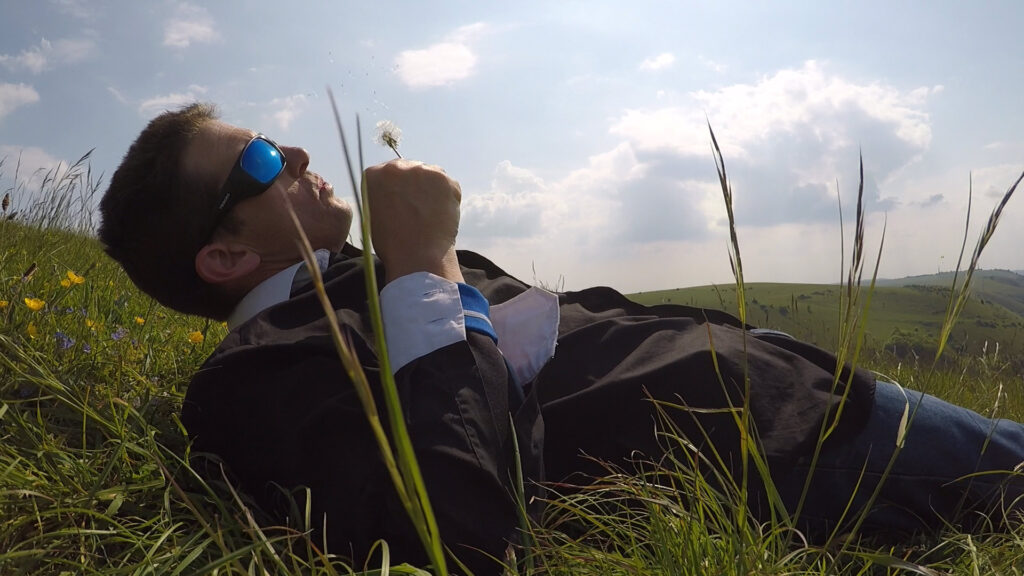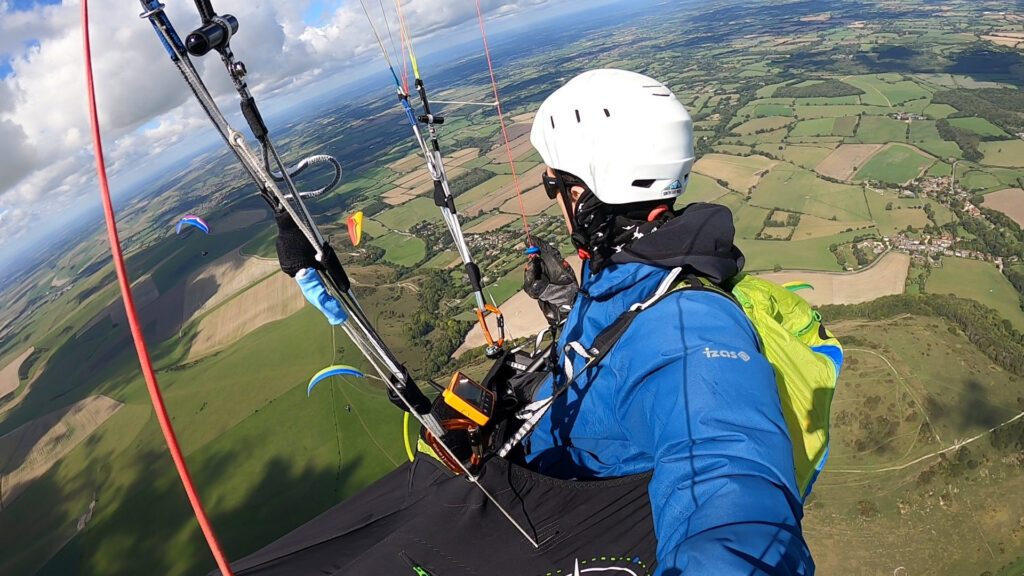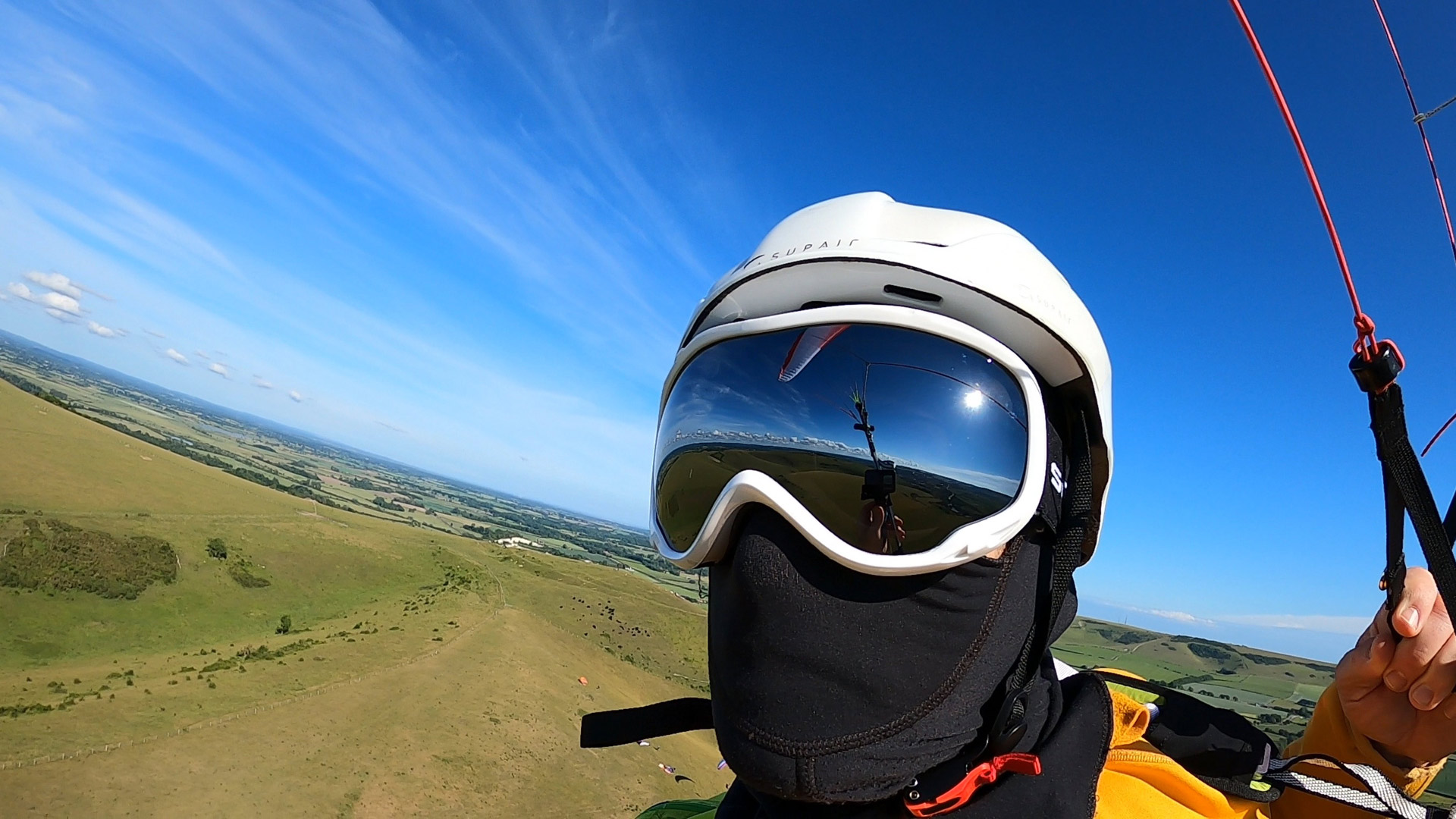Do you get nervous around flying? Do you think your mind gets in the way of your enjoyment?
The mental approach to flying is critical to your development and your safety in the sport. It’s really all about decision making. The equipment plays a very small part in this game. It’s all about when you fly, where you fly, how you fly … all the mental processes that go into making decisions quickly under pressure. So let’s focus on how to develop the calm confidence you need to become a great pilot.
Gathering facts
Be careful of your emotions and expectations. Instead, ask “What can I see? What are the signs?” Place a windsock, use a streamer or a windspeed meter. What is the weather forecast? Gather the facts and analyse them logically to make your fly/no-fly decision. Not “I want to fly!”
Thinking ahead
When you start flying, you rely on the instructor to tell you what to do next. As you progress in your flying you must develop the ability to look further ahead, so that you’re not reacting to things ‘in your face’.
For example when flying in ridge traffic, if you’re looking at the guy just in front of you and you’re waiting for him to do something, you’re very close to having an accident because you’re only a few seconds away from impact.
So practice trying to anticipate further, by looking further outwards for traffic, turbulence, signs of a thermal, wind changes … right out to the horizon. When you scan everything, you’re starting to fly with more anticipation. You can make a gentle adjustment early rather than a hard adjustment late. Good pilots have a large sphere of awareness.

Calming your mind
Pilots can get nervous before launching. That affects your control. Maybe you think it’s because conditions are bad, but it’s mental calmness that you’re lacking. It’s easy to get affected by people watching you.
So here’s an exercise you can do, to take back control.
Take three deep breaths, slowly. Let all the air out and breathe in again. Pull the air deep down. Then try and relax your baby toes. Advance through the other toes, try to relax them one by one, releasing the tension, if you can. Then move mentally upwards through your feet, through your ankles, through your legs to your knees, relaxing all the way up. Relax the joints, relax your fingers and arms, relax upwards through your body up to your face muscles, your hair follicles … then let yourself be quiet.
Become aware of the air flow, the wind, the birds, the smoke. By expanding and extending outwards you can build that sphere of awareness … as you will need for flying.
Building confidence
You are flying a new glider, but maybe it’s too much for you? That kind of self-doubt is dangerous to hold onto. It stresses you out unnecessarily before you even get into a situation where you need quick reactions, so you’re likely to have a panicked response because you’ve got this elevated fear.
To beat the doubts, go back to basics: drill yourself on the simple things. Practice them more, so you have a strong foundation. For instance, prepare your glider slowly and methodically. As you progress you’ll get faster, but if you do it really slowly, and then you work at increasing your speed, it gives you confidence.
You can approach all of your skills in that way: ground handling, reverse launches, kill techniques, running to flying speed, getting into the harness. All the things we’ve talked about in this series.
When you’ve mastered these basic skills, you launch without distraction, so you can look to the conditions instead, and time your launch well.
You’re going to learn things as you progress but don’t make the fear of making a mistake stress you out before you make the mistake. Be confident: you know what your skills are, so you can apply them when needed.

Developing judgement
Every flight is an opportunity to develop your judgement. Plan a route, glide on it, update your estimation engine. Look at incident reports, look at other pilots, see what they do. Think about what worked (and what didn’t) and incorporate that into your flying style, or practice solutions so that you know what to do. Then it’s all part of your foundation.
That’s how you build up your confidence in flying.
You’re gathering skills all the time, and you’re trying to match your skill set with the conditions. That judgment will improve as you develop as a pilot, so give yourself a bit of space as a safety margin. For example, if conditions are on the limit of what you can handle, back off for an hour until conditions have calmed a little. Then there’s space for making some errors. That will put you in a happy place, a confident place where you’ll be able to think clearly.

Join the Flight Academy so I can continue to develop your high level flight skills. It costs a fraction of a normal paragliding course and you will get way way more knowledge out of it. You’ll also meet really cool pilots who are on the same journey, and I will keep you stoked! Let’s fly together!

